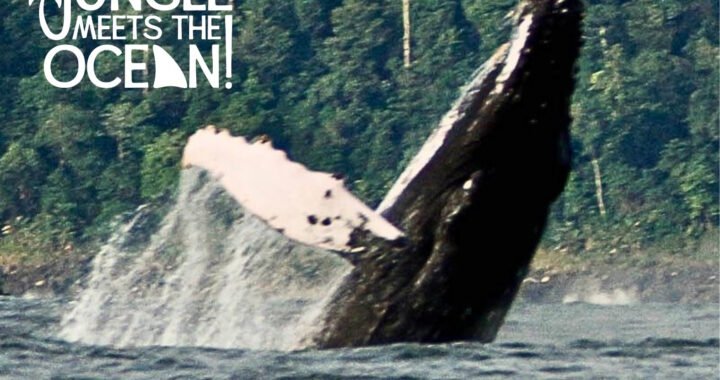~ by Cesar Barrio Amorós
On this amazing coast in which we have decided to live, where nature is exuberant and there is beauty everywhere, we share our daily life with animals.
Among them, geckos stand out.
There are six species in this area alone, five out of which can be seen in every house that has a backyard. Three of those species are native, and 2 are introduced.
The most frequent gecko is the common house gecko (Hemidactylus frenatus), an Asian invader that arrived in ship containers that carried a wide variety of products, and settled in almost all tropical countries. They are brownish, and at night turn pale, almost white.
These geckos roam in houses built with all kinds of materials, and eat any type of insect they see and fits in their mouths. Another invader, much newer, is a small gecko that has been in our area for less than 6 years; it is called mourning gecko (Lepidodactylus lugubris).
One of its interesting characteristics is that the female can produce offspring without needing a male.

How can a female gecko do this?
They are parthenogenetic, which means that females can clone themselves. Therefore, a lone female is able to generate a new population. In Uvita, in 2011, I saw my first mourning gecko, and it seemed cute and funny. Now, I have two in each window at home, and several of them run freely on the balcony table.
The third type of gecko is the turnip-tailed gecko (Thecadactylus rapicauda), the biggest of all; it can grow up to 20 centimeters (about 8 inches), and is definitely the king of the house.
It is not as common as the others, and generally every house has only a couple. These first three kinds of geckos are nocturnal. On the other hand, during the day, we can see two other species of these animals.
One is usually seen outdoors (hardly ever do they come into our homes); they like to move around on the walls and in the garages. This one is the colorful yellow-headed gecko (Gonatodes albogularis), and is also one of the most beautiful species in the world.

Finally, there is the Costa Rica least gecko (Sphaerodactylus graptolaemus), which, even though lives in almost every house, is also very hard to see because it stays hidden in the cracks on the walls. Besides, this gecko is very small, and can be mistaken for the offspring of other species. Needless to say, all these kinds of geckos are harmless.
All geckos eat small insects; as a result, they keep many risky bugs away from our homes.
The only thing that I do not enjoy about geckos is that they poop all over the place, and we need to constantly clean after them.
INFO: César Barrio Amorós/Doc Frog Expeditions and Photography



